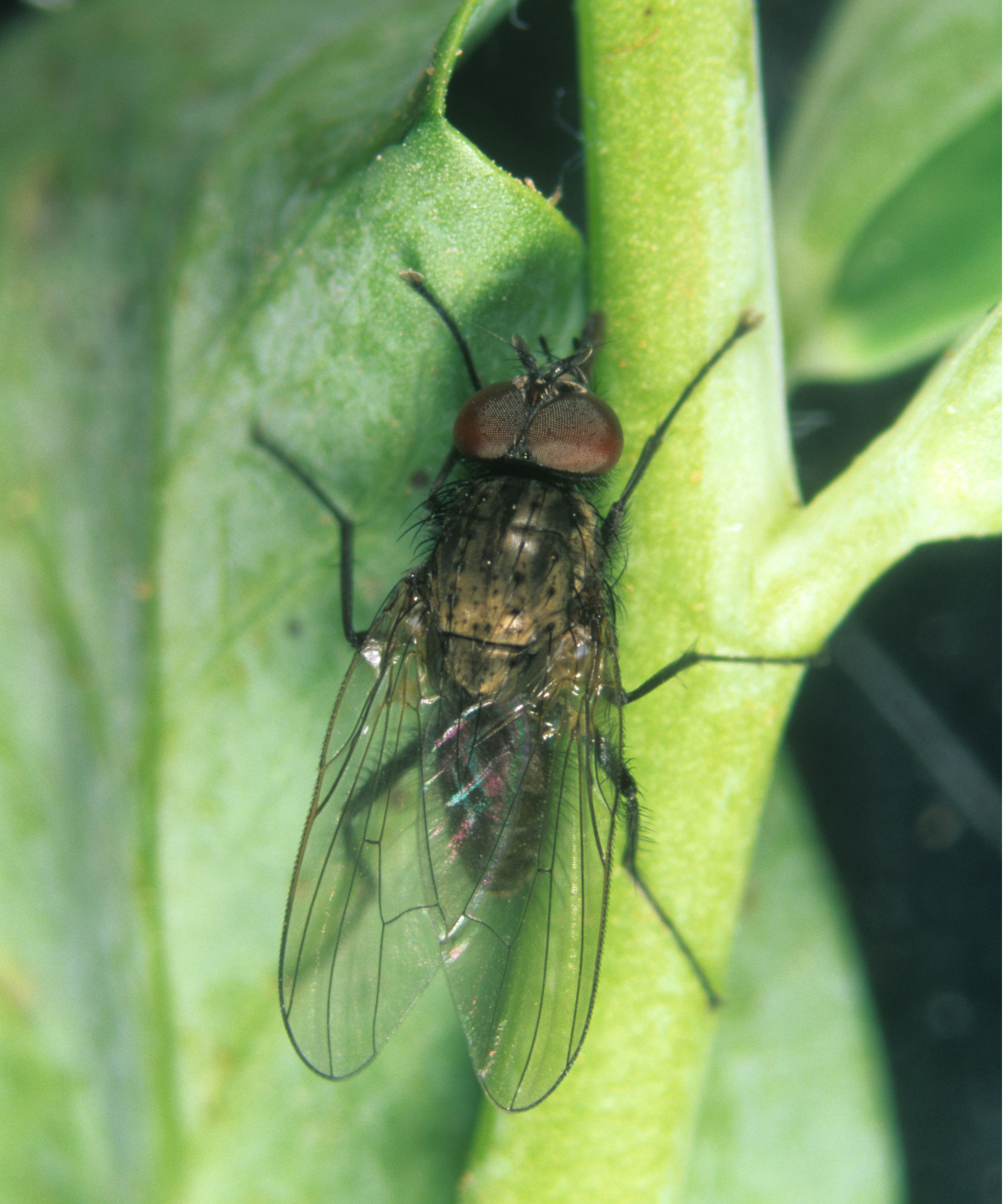
Keen vegetable gardeners are never quite done tackling pests. There are likely plenty of pests you haven't heard of until you come face-to-face with the damage they cause, like bean seed flies. These are flies whose larvae feed primarily on bean plants, but also target other crops like brassicas, cucurbits, and lettuce.
In a kitchen garden, bean seed flies tend to attack in the early germination stage of crops. More specifically, their larvae feed on roots and seeds of crops, so not many seedlings survive in their presence.
Signs you have a problem with these spring garden pests are a lack of crops emerging, witling seedlings, and white maggots at the base of plants. If these symptoms sound familiar, don't fret. I've asked a pest control expert how to get rid of bean seed flies and this is what he urges gardeners to do.
How to get rid of bean seed flies

'Adult bean seed flies don’t do too much damage, but the larvae like to tunnel into seeds and seedlings,' explains Allan Bossel, pest control expert and Operations Expert at Bed Bug Exterminator.
'They’re particularly drawn to beans, spinach, corn, and onions, and they cause poor germination, wilted seedlings, and plants that collapse at the soil line,' he adds.
For this reason, you may be seeking to get rid of bean seed flies if you're growing runner beans or the other susceptible crops. Luckily, Allan notes there are a few things you can do:
'Bean seed flies are attracted to decaying organic matter, manure, freshly turned soil, and compost. If you just worked on your garden bed or added compost, that can function as a signal for adult bean seed flies to lay their eggs,' Allan explains.
'That said, a simple way to avoid an infestation is to delay planting, approximately seven to 10 days after turning your soil or adding compost,' he says.
Likewise, try sowing seeds deeper into the soil as bean seed flies prefer newly turned topsoil. Of course, bear in mind the depth requirements for the crops you're growing when doing this to avoid making seed sowing mistakes.
Another way to get rid of bean seed flies is by using vegetable garden hacks like plant covers - these garden row covers from Amazon are a good choice. 'This will block adult flies from laying eggs directly into the soil,' Allan explains.
If you have a more severe bean seed fly problem and none of your crops are surviving, Allan suggests considering the use of beneficial nematodes which will prey on bean seed fly larvae before they reach seeds and roots.
'You can add nematodes (from Amazon) to moist soil in the early morning or evening but it’s important not to let the soil dry out for a few days after application,' Allan instructs.
FAQs
Does homemade compost attract bean seed flies?
While making your own compost won't inherently attract bean seed flies, pest control expert Allan Bossel notes unfinished compost can bring these pests to your garden beds:
'Compost that has not finished decomposing is an attractive food source for bean seed flies, and likely many other unwanted pests,' he says.
That's why it's important to test homemade compost to make sure it's ready to use for growing crops.
'Pest control often boils down to timing. Bean seed flies tend to go inactive during warmer months,' says Allan. 'If you want to plant vegetables or crops that attract these pests, it’s better to do it during the summer or during the warmer weeks of spring when the flies are less active,' he advises.
You can also try putting precautions in place, such as growing the best pest-repellent plants (like these marigold seeds from Amazon) and keeping sown seeds and seedlings under cover in a greenhouse.







